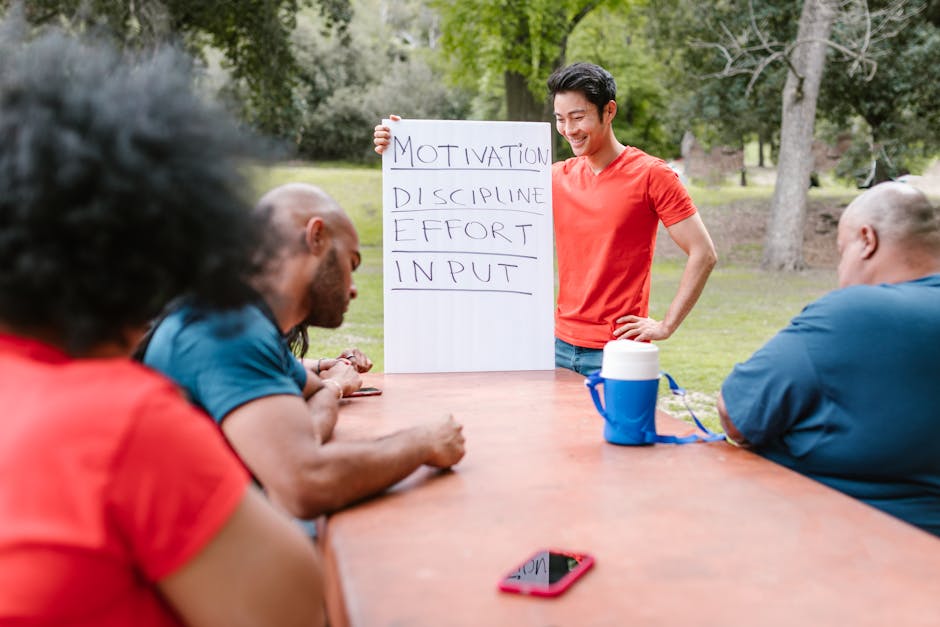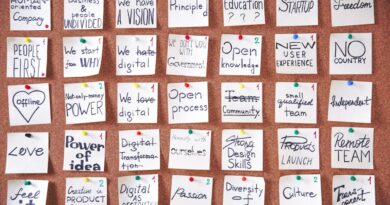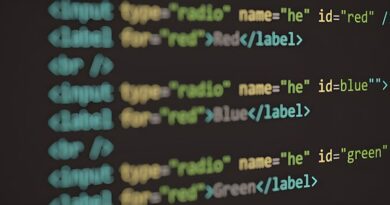Your Ultimate Guide to Web Development Success
Ever wondered how websites are built? Or what makes a great web developer? Whether you want to create your own site or start a career in web development, you’re in the right place. This guide will take you through the essentials of web development while making it simple and fun.
What Is Web Development?

Web development is the process of creating websites. It involves several tasks, including coding, designing, and maintaining websites. Think of it like building a house. You need a solid foundation (coding), beautiful interiors (design), and ongoing maintenance (updates) to keep everything running smoothly.
There are two main types of web development:
- Front-end Development: This is what users see and interact with. It includes everything from buttons to images.
- Back-end Development: This is the behind-the-scenes part that users don’t see. It manages the database and server.
Now that you know what web development is, lets dive into how to succeed in this exciting field!
Why Is Learning Web Development Important?

Did you know that over 1.8 billion websites exist today? That number is growing every day! Learning web development can open numerous doors for you.
- High Demand: Many companies need skilled web developers.
- Creative Outlet: You can express yourself through your work.
- Flexibility: Many web developers work remotely or freelance.
According to the Bureau of Labor Statistics, web developer jobs are projected to grow by 8% from 2019 to 2029. Now’s the time to jump in!
What Skills Do You Need?

To become successful in web development, youll need a mix of technical and soft skills. Heres a breakdown:
Technical Skills
- HTML: The backbone of all websites. It structures the content.
- CSS: This styles the HTML and makes it look appealing.
- JavaScript: Adds interactivity to your site.
- Responsive Design: Ensures your site looks good on any device.
- Version Control (Git): Helps keep track of changes in your code.
Soft Skills
- Problem-Solving: You’ll encounter bugs and issues; solving them is key.
- Communication: You’ll need to explain your ideas to team members or clients.
- Time Management: Balancing multiple projects is essential.
With these skills, youll be well on your way to web development success!
How Do You Start Learning?

Getting started might seem overwhelming, but it doesn’t have to be. Here are some effective ways to learn web development:
- Online Courses: Websites like Codecademy, freeCodeCamp, and Coursera offer excellent courses.
- Books: Consider starting with books like “HTML and CSS: Design and Build Websites” by Jon Duckett.
- YouTube: There are many free tutorials available that can visually guide you.
- Practice: Build your own projects to apply what you learn.
The key is to stay consistent. Dedicate some time each day or week to your learning journey.
What Tools Should You Use?
Having the right tools can make your web development journey smoother. Here are some essential tools:
- Text Editors: Tools like Visual Studio Code or Sublime Text help you write code.
- Browser Developer Tools: Browsers like Chrome and Firefox offer built-in tools for testing and debugging.
- Frameworks: Libraries like Bootstrap for CSS or React for JavaScript can speed up development.
Exploring these tools will make you a more efficient developer. And don’t worry; youll learn as you go!
How to Build Your First Website?
Building your first website can be exciting! Heres a simple step-by-step guide:
1. Choose a Purpose
What do you want your website to do? Maybe a portfolio to showcase your work, or a blog to share your thoughts? Define it’s purpose first.
2. Plan Your Site Structure
Think about what pages you need. A homepage, an about page, and maybe a contact page are good starts.
3. Start Coding
Using HTML and CSS, begin coding your site. You can use templates to speed up the process.
4. Make It Interactive
Incorporate JavaScript to add features like forms or image sliders.
5. Test and Launch
Before going live, test your site in different browsers and devices. Fix any issues that arise.
What Are Common Mistakes to Avoid?
Even experienced developers make mistakes. Here are a few common pitfalls and how to avoid them:
- Neglecting Mobile Users: Always ensure your site is mobile-friendly.
- Ignoring SEO: Use proper tags and keywords to make your site discoverable.
- Skipping Testing: Always test your site before launching to catch any bugs.
Learn from these mistakes to set yourself up for success!
How to Stay Updated?
The web development field is always evolving. Heres how to keep your skills fresh:
- Follow Blogs: Websites like Smashing Magazine or CSS-Tricks provide valuable insights.
- Join Communities: Engage with others on platforms like Stack Overflow or GitHub.
- Attend Workshops: Look for local or online workshops to enhance your skills.
Staying updated will help you adapt to the latest trends and technologies.
What Are Your Next Steps?
Now that you have a roadmap to success, it’s time to take action!
- Start learning the basics of HTML and CSS.
- Build simple projects to practice your skills.
- Join online communities to connect with other learners.
Remember, every expert was once a beginner. Keep pushing forward, and youll find your place in the web development world!
Conclusion: Ready to Dive In?
Web development is an exciting journey filled with opportunities. Whether you want a new career or just a fun hobby, the skills you learn can take you far.
don’t hesitate to explore resources, ask questions, and make mistakes along the way. Each step you take brings you closer to web development success.
For more tips on starting your coding journey, check out our post on Learning to Code: A Beginners Guide.
Happy coding!



